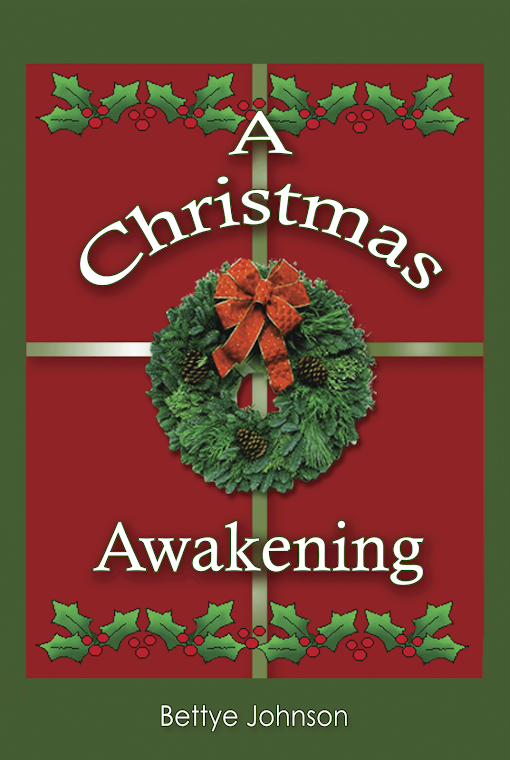Bettye Johnson ©
Most of us know of or have heard the story of the butterfly and its symbolism to life. During a recent contemplation, it became clearer to me the analogy of the butterfly to the journey of the human evolving into a divine being.
The journey of the butterfly begins as an egg or a larva and we find in this the parallelism to the womb of a woman. In the human, a baby emerges from the womb. Unlike the human, the caterpillar hatches itself by eating through its own eggshell called the chrysalis.
The human when it emerges from the womb as a tiny helpless baby has lost its memory for the most part of what it really is and from whence it came. Most babies have chosen parents who also do not remember their heritage. The spirit that will inhabit the baby human form choose the parents because of their gene pool. Babies are more aware than parents think and in the parents’ forgetfulness of who they are begin the child’s programming. This usually ensures that the baby will grow up and live in forgetfulness.
The child through its education and programming eats the leaves of forgetfulness and becomes an adult. I am using the analogy of human leaves to the leaves that the caterpillar thrives on while it is growing. The human leaves are of a different kind. In human terms these are called emotions and beliefs. When the baby is indoctrinated into life it quickly learns by watching others and by also triggering emotional genes to eat the leaves of fear, anger, greed, jealousy, expectation, prejudice, loss of self-worth, lack, impatience and guilt in addition to others and develops a voracious appetite for seeking out circumstances and experiences that will feed them these leaves. These leaves are fertilized by disinformation provided by parents, peers, religion, government, school and the corporate world.
One of the favorite leaves of belief is the belief that Adam was superior to Eve because he came first. The human never stops to reason that Eve came second because she was an improved evolutionary model for the male. Thus the female in most societies is looked upon as being less than and is treated as such. It is ironic because the female was given the womb of creation and the perpetuation of the human race. This is a major leaf of ignorance.
The caterpillar knows when it is time to stop eating. There comes than moment of innate knowingness when this tiny worm stops eating and attaches itself to a small branch and begins to weave its cocoon or chrysalis. It is changing into its divine self – the butterfly.
Unlike the caterpillar, the human continues to eat these leaves of emotions and beliefs. One of these beliefs is that the human has a life span and will die. The side effects of these leaves are illnesses. One only has to look at the number of vehicles in the parking lots of medical buildings and hospitals or read the obituaries. These humans will die in a state of forgetfulness.
For the human who responds to an urge to seek something beyond the mundane, the urge triggers some innate memory that perhaps there is something more to life. There is an awakening and this is the human chrysalis. The human now weaves its cocoon strands from seeking the wisdom from experiences. The more wisdom recognized from past experiences, the more detached the human becomes from the human emotions that bring pain and suffering. The human now begins to drink from the cup of wisdom.
While the human is weaving its chrysalis, there begins an expansion of the mind. The greater Self within is attempting to awaken the human to be aware of its divine self and opportunities are given in the form of experiences and knowledge.
Do you think pain comes when one is changing? Wouldn’t it be logical that a caterpillar as it dissolves and transforms into a butterfly would feel pain? When one begins changing, chaos enters the life. People do not want one to change. Change is fearful to some and others welcome it. The pain is only an illusion for the human and for some it is painful to give up old attitudes, beliefs and prejudices.
There is a story of a man watches a butterfly struggling to get out of its cocoon and thought he was doing it a favor by assisting in breaking the cocoon. The butterfly emerged and attempted to fly but the strength it would have gained by breaking its cocoon by itself had been taken away and the butterfly died.
There is a form of seduction used by well-meaning family and friends and too often humans allow themselves to be seduced. The seduction is the use of the word should. The well-meaning individuals often tell one who is wanting to change that he or she should do this or that or shouldn’t do this or that. Shoulds are the killer of dreams and are disempowering.
Why is the butterfly smarter? It follows its innate knowing from its birth as a worm and knows only to eat certain leaves that are conducive to its life and divine purpose. We can use the butterfly as an example to pursue our own distinctive knowingness and develop our own talents and follow our dreams. No one can live for us and they certainly cannot die for us. It is up to each of us to become our own butterfly, fly and experience the sweet nectar of life. ###














